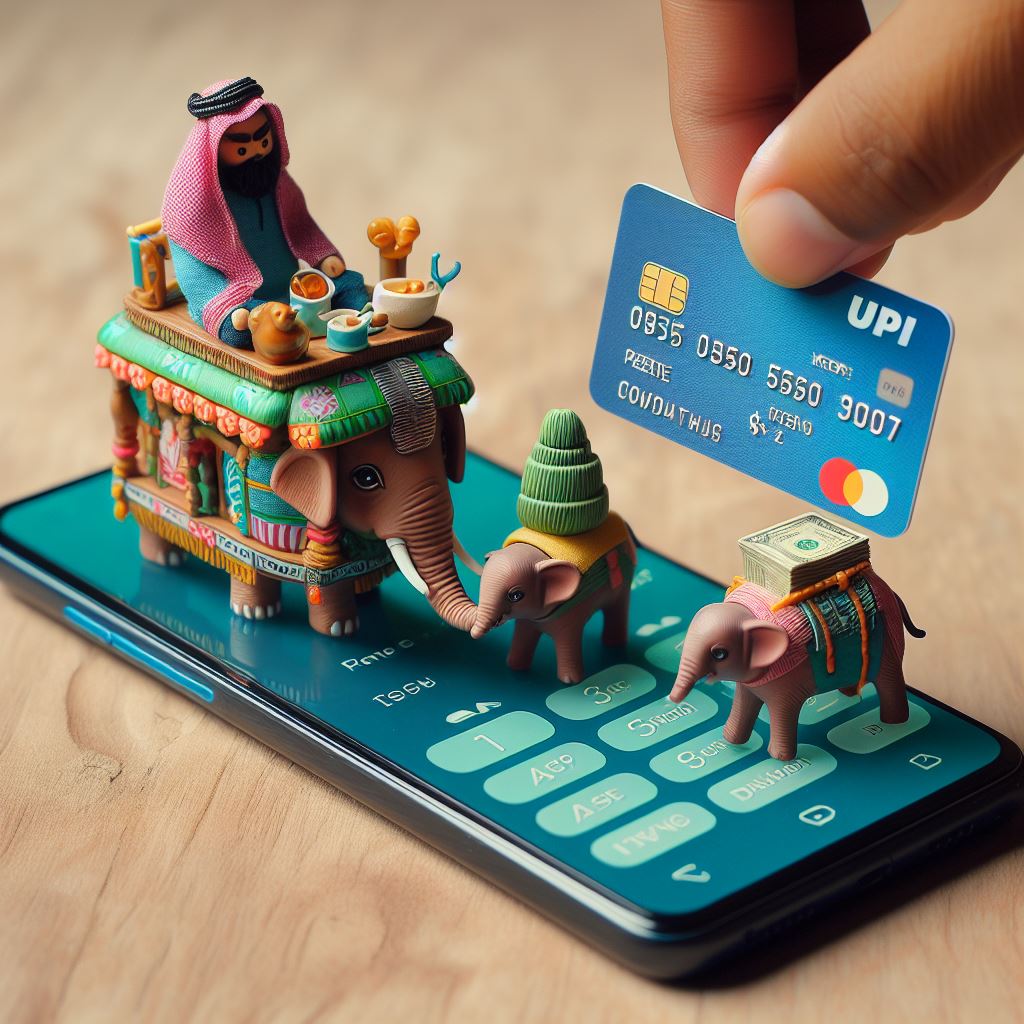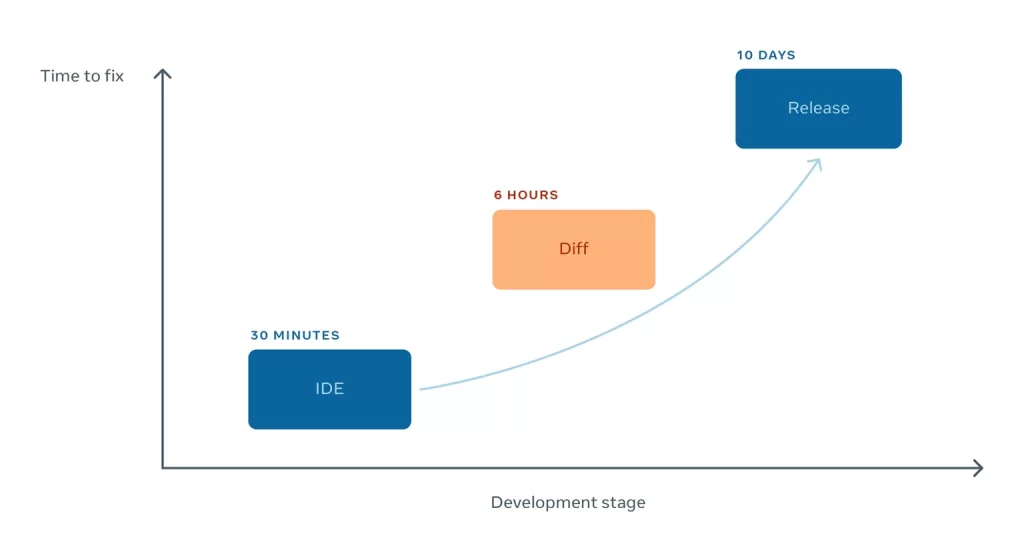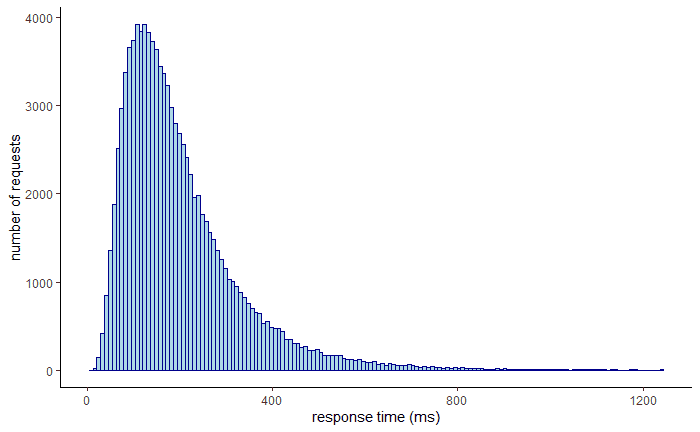Edge cases – Service center visit
Every complex software system will have some edge cases. It might not be possible to enumerate all the possible edge cases in the design phase. Some will slip through and will only come out once the system is deployed and people start using it. It might be expensive fix these problems but not impossible. There could be a class of edge cases that would require lot investment and fixing them might not make business sense. For such kind of edge cases, generally there will be well defined “work arounds”.
Couple of days back my phone stopped recognizing the SIM card. it just stopped working out of the blue. So I had visit near by service center. It was already very busy when I entered. To the credit of the store management,there were enough associates and the wait time was not long. When my turn came I explained the problem, and the service center associate said, new SIM card will be issued. No paperwork involved, he just took my ID card and took a live photo. The process was quite seamless. But the bummer was payment method, they can only accept UPI and UPI will not work without a SIM card.

Ha, the chicken and egg problem… before I could say anything, The associate said “I will connect your phone to store WiFi, you can ask help from your friends/family”. From this we can understand that this is a frequent problem. Many people come to service center because there is some problem with their mobile, asking them to use the same mobile to make payment seems like major oversight in the system design. Even if the original design didn’t caught this, it should have been apparent once the system is deployed.
This is not only bad customer experience, employee productivity also takes a hit. The associate can’t serve another customer until I am done with my payment. Either the engineering team is not provided with feedback or the management didn’t care about this problem. it would interesting to know how they are servicing customer without smartphones. As of 2022, india’s smartphone penetration is about ~46%. So a large percentage of users can’t simply capture the QR code and send it to friends/family for completing the payment.
It’s important to monitor systems and take feedback from the users who are using the system. In this case, there would be a high tail latency in the payment completion time (p95 or p99). Any aspect of the system that is not monitored will tend get to worse over the time.
Not quite related, but an interesting story about one of the mars rover Spirit.





